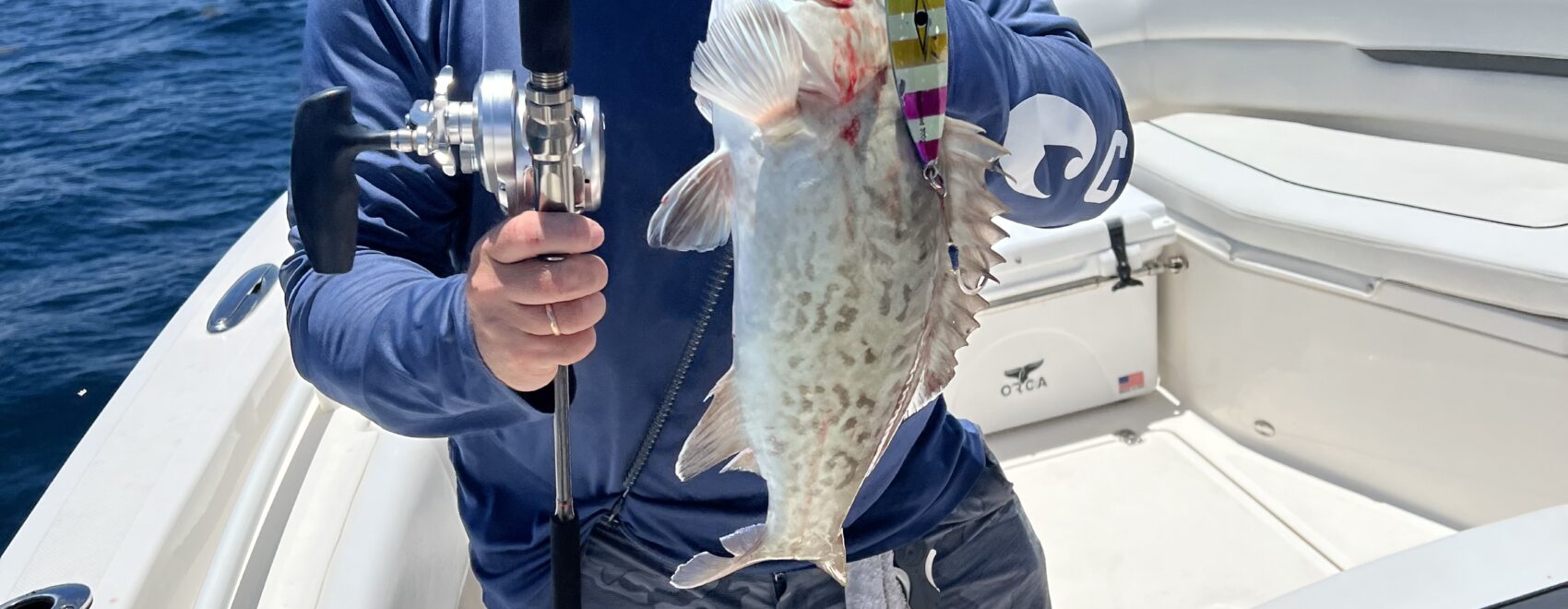Fishing is a sport that has captivated the hearts of millions around the world. From traditional methods like baitcasting and trolling to the more modern techniques of jigging, anglers constantly seek new ways to challenge themselves and enhance their fishing experiences. One such technique that has gained immense popularity in recent years is slow pitch jigging fishing. This method, originating from Japan, offers a unique and mesmerizing approach to lure fish and reel in prized catches. In this article, we will delve into the intricacies of slow pitch jigging fishing, exploring its origins, equipment requirements, techniques, and the thrill it brings to anglers.
Origins and Principles:
Slow pitch jigging fishing was developed by Japanese anglers seeking an alternative approach to deep-sea jigging. The technique focuses on a slow and deliberate vertical motion of the jig, imitating the movements of injured or dying prey. The principle behind this technique lies in enticing predatory fish to strike when they are less active or reluctant to chase fast-moving lures. By utilizing the natural instincts of fish and carefully manipulating the jig’s movement, slow pitch jigging maximizes the chances of attracting a strike.
Essential Equipment:
To embark on a successful slow pitch jigging adventure, anglers need specialized equipment. Here are the key components:
- Jigging Rod: Slow pitch jigging rods are designed with a specific action to optimize the technique. They are usually shorter and more flexible than traditional jigging rods, allowing for precise control and manipulation of the jig’s movement.
- Reel: A high-quality reel with a smooth and powerful drag system is essential for slow pitch jigging. The reel should have a line capacity suitable for the target species and sufficient strength to handle the fight once a fish is hooked.
- Jigs: Slow pitch jigs come in various shapes, sizes, and colors. They are typically elongated and have a flat or asymmetric design to create an enticing fluttering motion during the fall. It’s advisable to have a selection of jigs to adapt to different fishing conditions.
Techniques and Strategies:
Slow pitch jigging fishing is a method that demands finesse and attention to detail. Here are some key techniques and strategies to master:
- Drop Technique: Start by dropping the jig to the desired depth, using a controlled and deliberate motion. Allow the jig to flutter on the fall, imitating an injured baitfish.
- Lift and Fall: Once the jig reaches the desired depth, gently lift the rod tip, imparting a slow and smooth upward motion to the jig. Then, let it free-fall, maintaining a controlled slack line to trigger a strike during the descent.
- Rhythm and Cadence: Experiment with different rhythmic patterns, alternating between slow lifts, falls, and pauses. Vary the speed and intensity of your rod movements to mimic the behavior of distressed prey.
- Observing the Sonar: Utilize a fishfinder or sonar to identify the presence of fish and their depth. Adjust your jigging technique accordingly, targeting specific depths where the fish are congregating.
The Thrill and Rewards:
Slow pitch jigging fishing offers a unique and thrilling experience for anglers. The slow, deliberate movements coupled with the anticipation of a strike create an exciting atmosphere on the water. Furthermore, this technique has proven to be effective in enticing a variety of predatory species, including amberjack, grouper, snapper, and even tuna. The challenge lies in honing your skills and adapting to ever-changing conditions, making each fishing trip a learning experience.
Conclusion:
Slow pitch jigging fishing is a captivating technique that has taken the angling world by storm.

